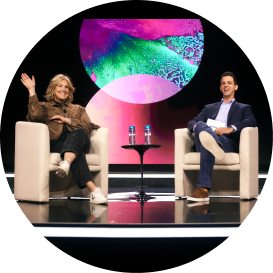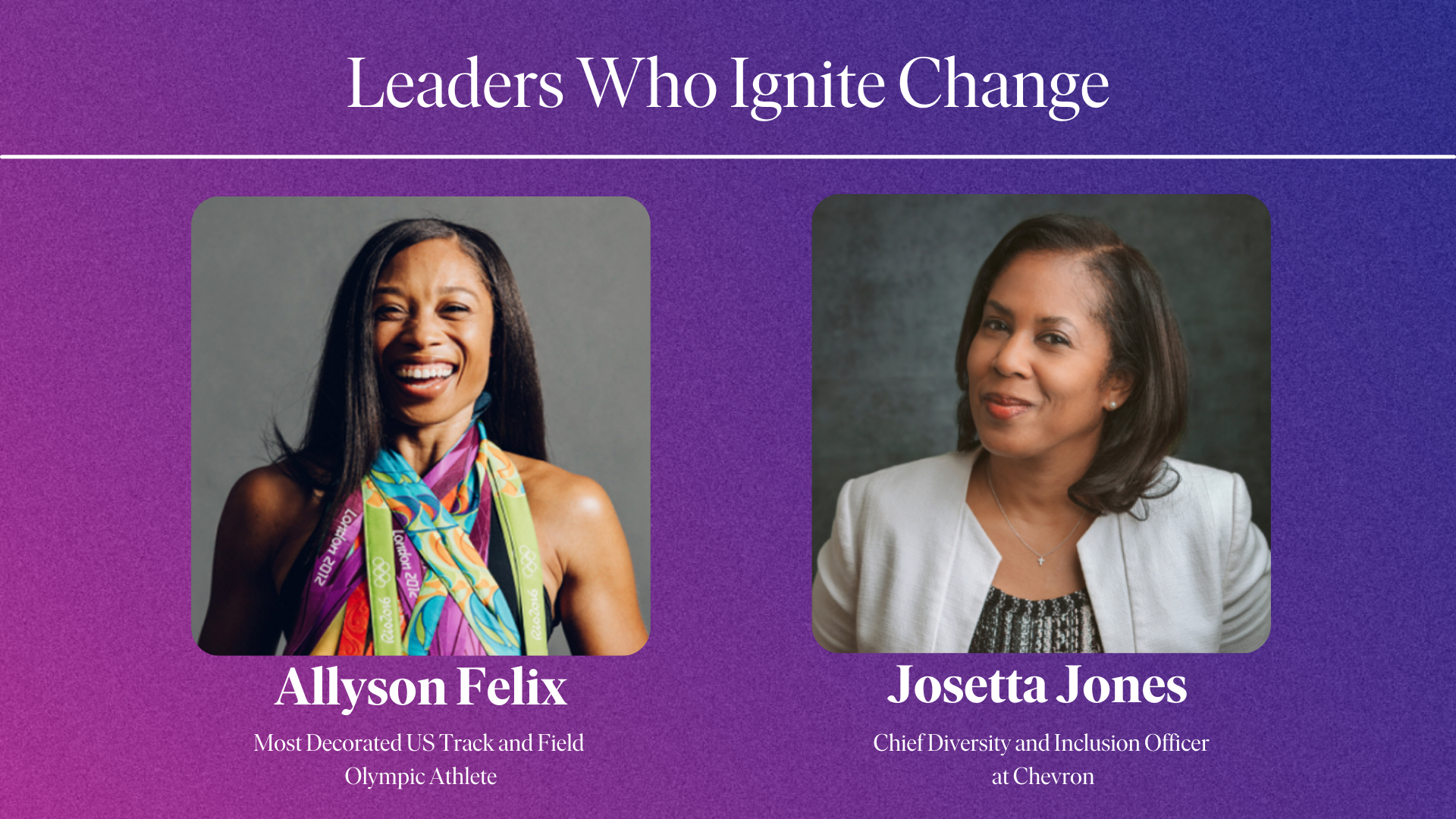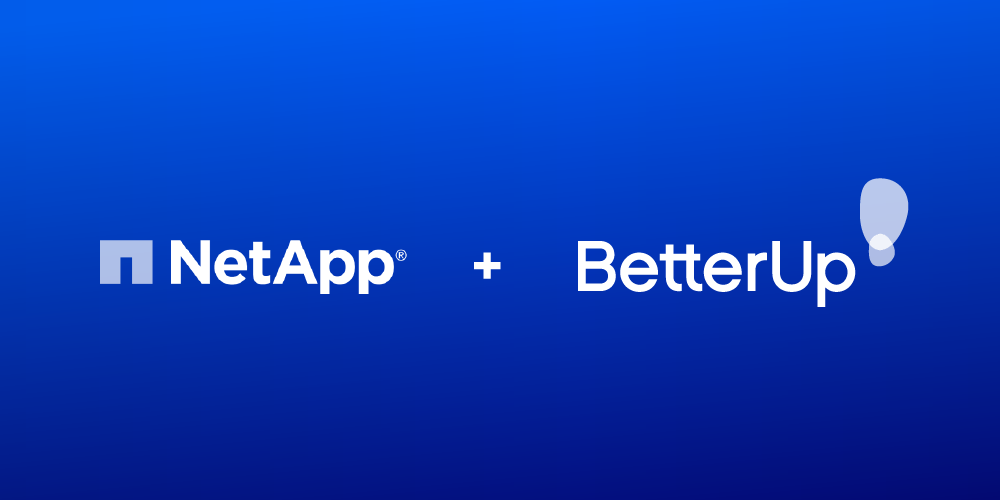What, Why, How is a method that allows us to approach conversations and situations with curiosity and the intent for understanding. When we can perceive the situation as experienced by someone else, we can address it more accurately and effectively.
I have successfully applied this model to my coaching practice. It helps me slow down, ask relevant questions, and not jump to conclusions. When I first started coaching, I struggled to know what questions to ask. With this model, coming up with questions became easy and organic. The approach encourages curiosity, clarity, and collaboration.
What, Why, How Model
WHAT – What is the person’s understanding of the situation? What is their perception of what happened or needs to happen?
WHY – Why is this important? What do they value here? What/Why might it pose a challenge?
HOW – Given the What and Why, how might be the best way to move forward with a mutual resolution?
Use cases
There are many situations in which this model is effective. Here are some common ones that come up often:
- Poor Performance – getting at the root cause of why performance is low and what challenges this person is experiencing.
- Coaching – as managers/leaders, you are often thrown into coaching moments. It helps in this situation to focus on who you are coaching. It allows you to leverage empathy so you can understand their perspective.
- Conflict – people tend to focus on what they see, hear, and experience and how it affects them. However, two people can perceive the situation differently. Awareness of both perspectives can bridge the understanding to resolve issues.
- Lack of Motivation – it’s risky to assume you know what is going on when explaining someone’s behavior. Often, what is underneath the surface provides the most insight and clarity.
When to use it
Here are some common situations where you can use this model to your advantage.
- During performance reviews or while providing feedback
- While setting goals with a direct report
- When mediating conflict or having difficult conversations
- When influencing or motivating a team
- While parenting or during personal relationships
What, Why, How Example
Here is a recent example of a coaching conversation I had where I applied the model.
Before approaching any difficult or intentional conversation, it is important for me to identify specific outcomes. Knowing these allows me to plan my approach to meet those objectives.
Desired outcomes
My client had received written feedback during a performance review that she could improve at following through on projects. She was confused because she thinks she does this well. I suggested a follow-up meeting with her supervisor to get clarification. We came up with some of these desired outcomes for that conversation.
- Get and give clarity on what your supervisor perceives as your performance versus your actual performance.
- Identify discrepancies and get on the same page. What is really happening/where is the miscommunication?
- Understand why he thinks your performance expectations aren’t being met. Uncover the actual problem.
- Once in agreement, collaborate on How you can move forward to improve the agreed-on goals and metrics.
Then, we prepped for the meeting itself. Here is a similar script of the type of conversation we prepared for. Obviously, she did not follow it word for word, nor did we want it to sound scripted.
WHAT
You: Thanks for meeting with me. I appreciate your feedback, and I hope I can improve my performance so that I meet your expectations. You said that I can be better at following through on projects, but I am not sure what you mean. Can you clarify?
Supervisor: Yes, certainly. And let me add I think you are very productive. It’s just that sometimes, the momentum for a project tapers off when you hit roadblocks, and I don’t see or hear much progress on it. When I ask about it, I get a reason that’s valid, but then it could be weeks before it gets brought up again.
You: Ahh, ok. So, I am following up with stakeholders regularly. Sometimes, all I can do is wait until they get back to me or complete their portion. I can assure you that I continue to prioritize it and follow up. What can I do to show you I am consistently doing this?
WHY
Supervisor: It may be helpful to get updates regularly. Not only that, but my thought process is more practical, so seeing a timeline could alleviate my anxiety about not being on schedule.
You: Ok, that makes sense. I have the project mapped out and always know the status. I can assure you that we are on track to implement on time, and I will notify you if/when issues arise. Now that I seem to understand that and Why you need it from me, How best can we make sure you are updated?
HOW
Supervisor: I am open to your ideas. I am visual. So, charts and timelines work well. Status updates regularly are appreciated as well. What works best for you?
You: I can share my schedule with you. It outlines by month what milestones are due and their status. I can send you updates on Fridays. How does that sound?
Supervisor: Sounds perfect. Let’s try to touch base regularly during our 1-1 on specific projects as well to make sure we are both communicating what we need.
Holistic benefits of the model
Besides immediate benefits, this model has unintended benefits that contribute to its overall positive impact.
Understand Intent – When you focus on the What, instead of assuming that you already know, you allow yourself to be aware of another perspective. This allows you to solve the problem that they are experiencing versus how only you understand it.
Simplify Communication – This model is so simple. You don’t have to remember a ton of questions or things you need to say. All you need to remember is to start with the What and explore the Why to come together on the How.
Mutual Path Forward – Simply put, solving an issue by understanding both perspectives and why they are important or challenging allows both parties to mutually collaborate on the best solution.
Applying What, Why, How
Should I always be using it?
I use this model a lot in coaching or variations of it. Obviously, when clarity and understanding are already clearly defined, there is no need to explore more. Instead, ask a clarifying question or summarize your understanding.
If you are still not sure, ask yourself these questions:
- Is there a misunderstanding?
- Are you involved in or trying to mediate a conflict?
- Are you sensing someone else’s frustration or your own?
If you answer yes to any of them, this model may be helpful.
How can I make it more natural to use?
Another positive about this tool is there are no specific questions you need to ask. I use language that flows naturally with our conversation. You can frame the questions to work for you, too.
Example:
When exploring What someone’s feelings are about a team meeting, you can ask it in different ways:
- How did you think the meeting went?
- What are your takeaways?
- Tell me what you thought.
It seems simple. Will it work immediately?
The easy answer is it depends. For many, it will take practice, polishing techniques, and reflecting on what you might do differently afterward. I focus a lot on the big picture, so it’s natural for me to use this technique.
With that said, if it’s confusing for you, try focusing on one step at a time. So, first, work on getting good at identifying the What (situation or issue) and getting on the same page. Getting to the Why is usually more difficult but comes with time. The How is usually easy once the other two are clear.
What other skills or strengths can I leverage?
Several key skills enhance the effectiveness of the What, Why, How model. Mastering these can help you apply the approach more naturally and successfully in various situations. Below are some essential skills, along with resources to explore them further:
- Active Listening: The ability to fully engage in a conversation, reflect on what is being said, and respond thoughtfully is crucial for uncovering deeper insights. Strong, active listening skills foster trust and ensure mutual understanding.
- Growth Mindset: Approaching conversations with a growth mindset focused on learning and adaptability allows for more open, constructive dialogue. This mindset helps individuals embrace feedback and collaborate on solutions rather than becoming defensive.
- Understanding Communication Styles: People communicate in different ways, and recognizing these variations can improve interactions. Being aware of different communication styles helps bridge gaps, reduce misunderstandings, and create more effective conversations.
By developing these skills, individuals can use the What, Why, How model with greater confidence, making it an even more powerful tool for fostering clarity, collaboration, and mutual understanding. Interested in developing communication skills further? A BetterUp coach can help.
Lead with confidence. Manage with impact.
Great leaders aren’t born, they’re built. Elevate your leadership skills with personalized coaching designed to help you navigate challenges, inspire your team, and drive real results.
Lead with confidence. Manage with impact.
Great leaders aren’t born, they’re built. Elevate your leadership skills with personalized coaching designed to help you navigate challenges, inspire your team, and drive real results.

-1.png)



















